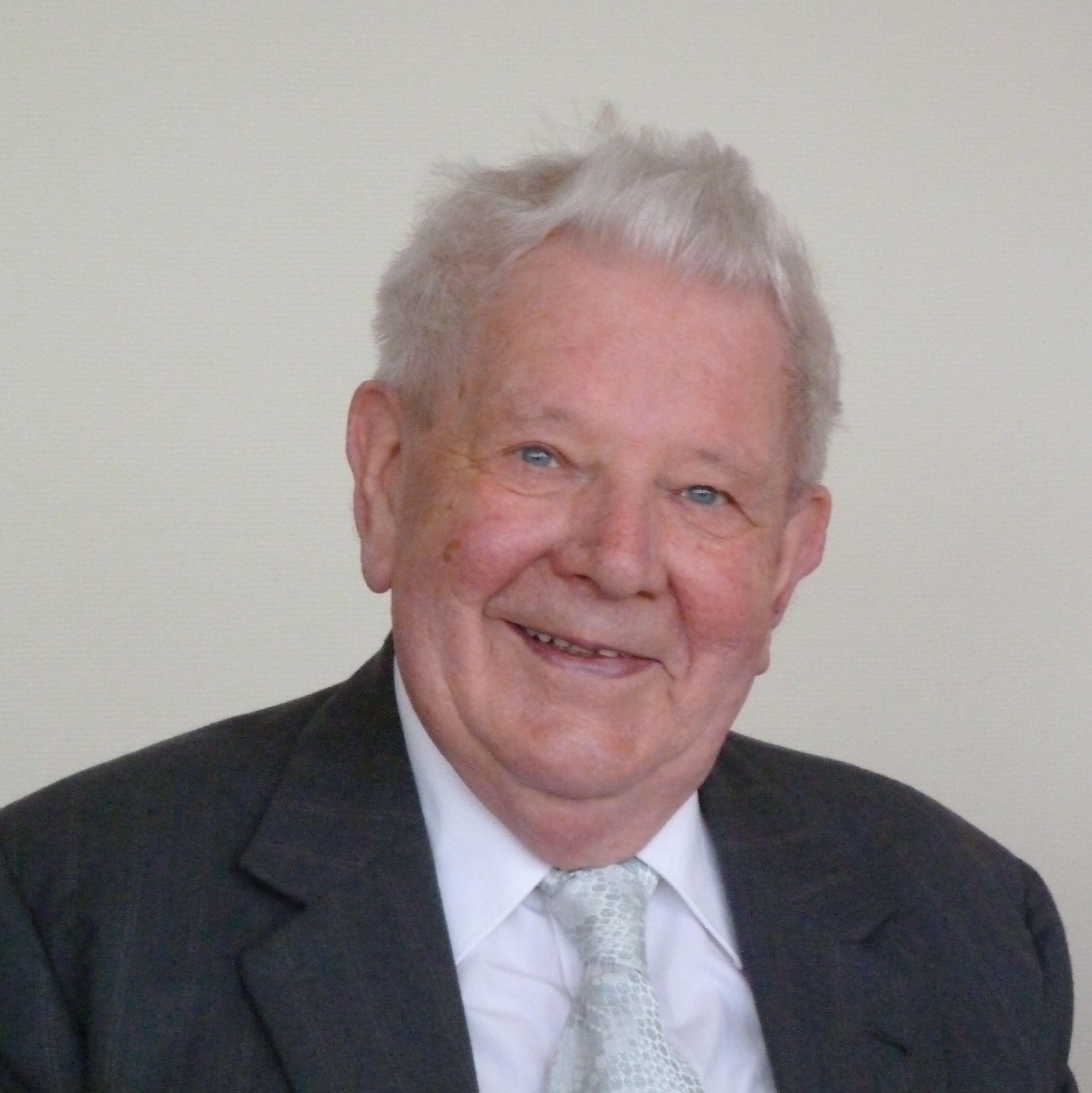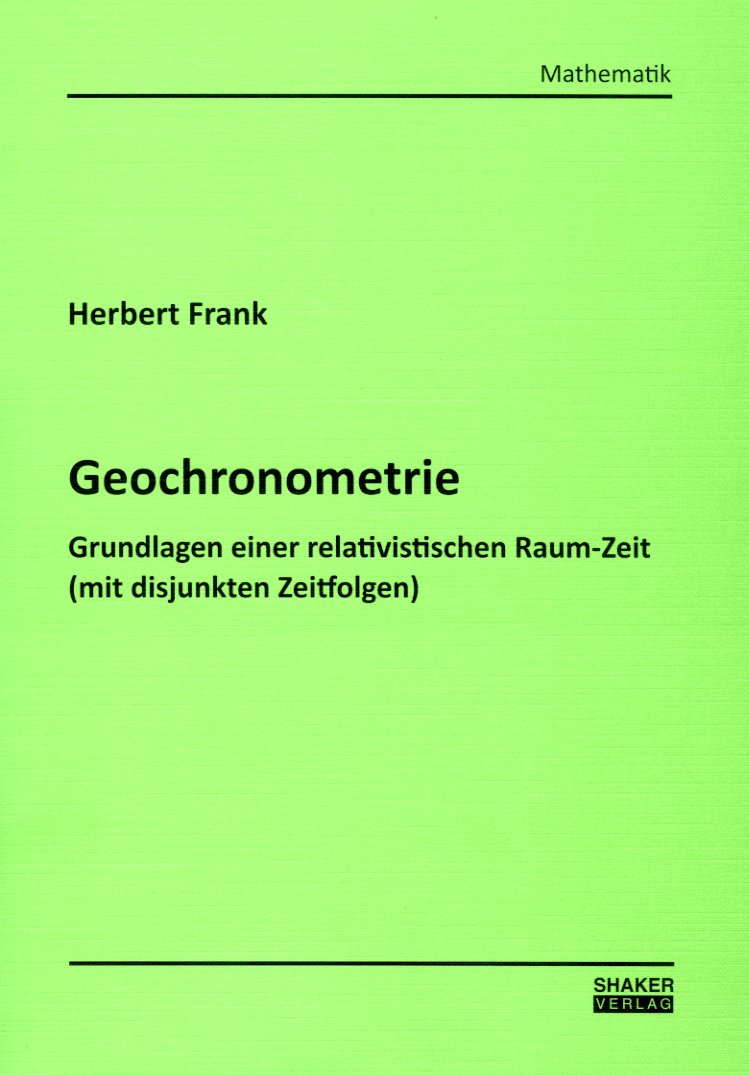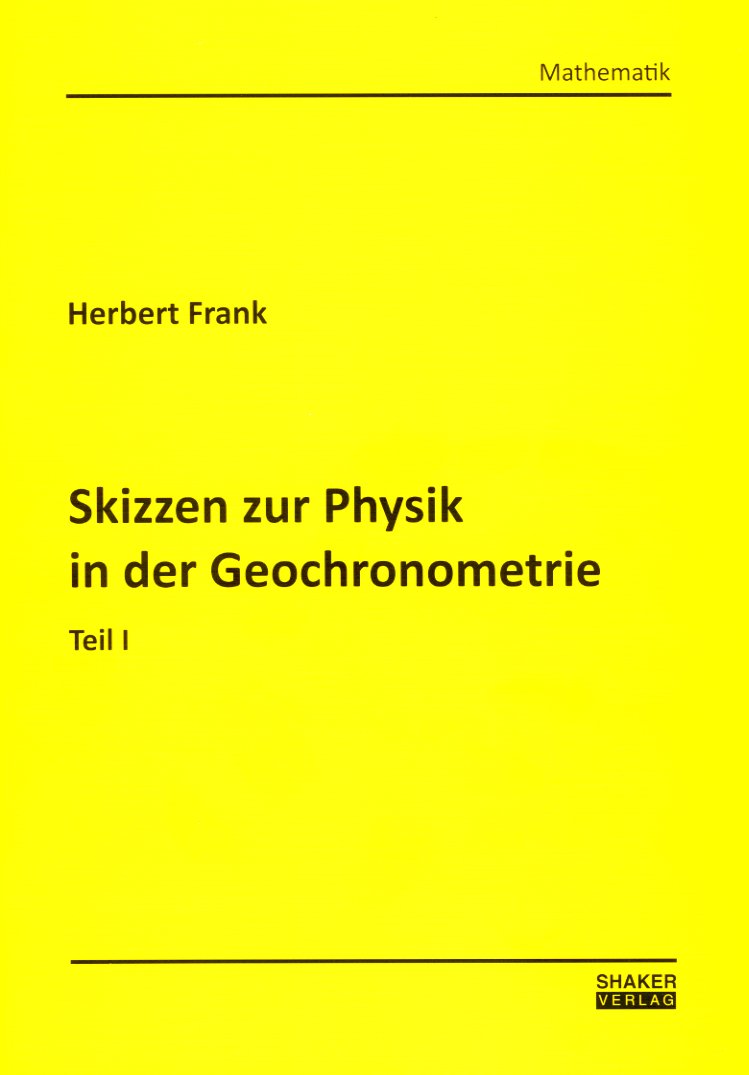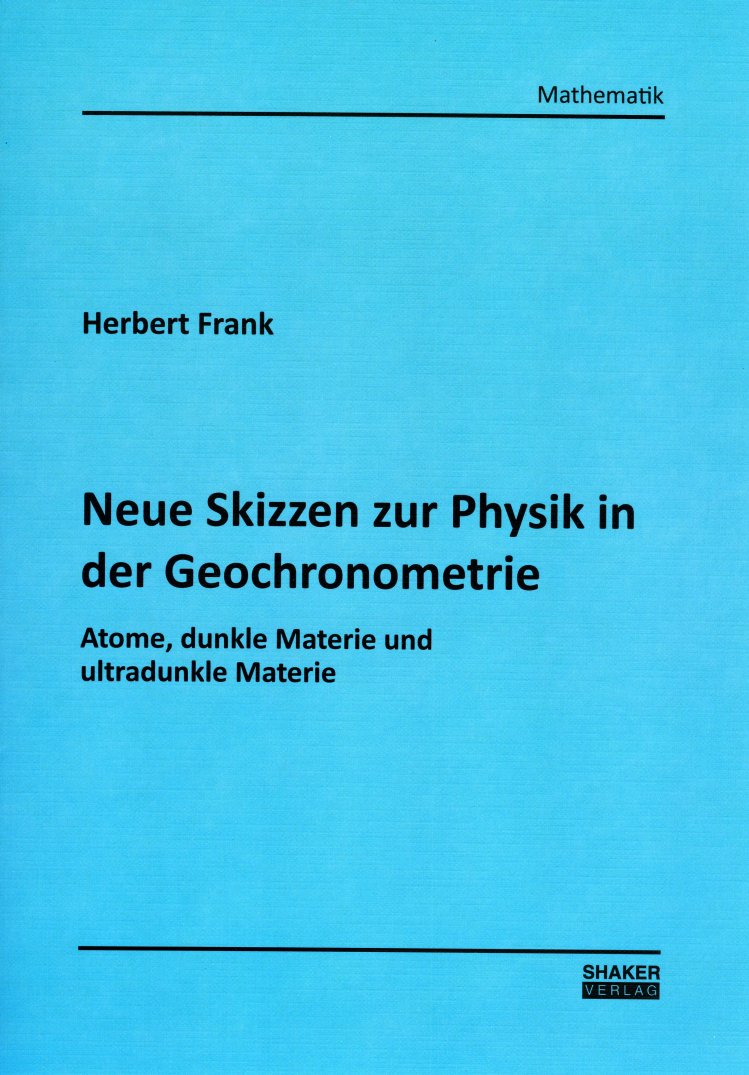

 Eine deutsche Version dieser Webseite ist ebenfalls verfügbar.
Eine deutsche Version dieser Webseite ist ebenfalls verfügbar.
![]()

![]()

|
1st Book - AbstractThis book introduces the axiomatic system of a relativistic spacetime theory. In this theory space is not continuously filled with points, but there exist only discrete sets of points, so-called bodies. Each of these bodies are a convex, open and in a certain sense limited point set. Each body has its own course of time, its proper time. Parallel, Euclidian straight lines can serve as a model for the proper time of the bodies. The establishment of the geometry of space is constructive. Hereby all geometric constructions (line segment, straight line, triangle, plane, etc.) are defined only in relationship to a body, i.e. thereby they are relative terms. On the foundation of the axioms of signals, with the help of bearing of signals it is introduced a universal measurement of distances for two arbitrary points in space in relationship to a body. This distance term is in general non-symmetric, but the metric triangle inequality will hold true. Within the defined bodies there exists a measurement of distance with the help of a scale, which is however not defined outside of a body. In relationship to this "scale measurement" only special bodies form a metric space. For such "scale measurements" there exists time dilation, but no length dilation. The consistency and freedom from contradictions for the axiomatic system of the provided spacetime theory has been proven beyond doubt.
|
|

|
2nd Book - AbstractThe second book develops the foundations of physics in geochronometry [cf. H. Frank: Geochronometrie, Grundlagen einer relativistischen Raum-Zeit (mit disjunkten Zeitfolgen), Shaker-Verlag, Aachen, 2012]. Hereby the major goal is the creation of a geochronometric model of the elementary particles. At the beginning the axiomatic theory of geochronometry (with disjoint time sequences) is extended by the axioms of motion (13 axioms). In particular, the geochronometry as a relativistic theory of space and time relations is shown to differ strictly from the special theory of relativity by Einstein, even though they have much in common. The central notion of the new theory is the definition of mass in an adequate manner for geochronometry. The starting point is the fact that the mass is certainly not a pure geochronometric notion. The mass cannot be determined without the involvement of physical experiments. Moreover it shall be presumed, that in principle each body of the geochronometric universe influences the mass of any other body (Mach’s principle). However, since a notion of mass which takes into account the influence of the masses of all bodies of the universe is not manageable, the theory considers only the influence of an arbitrary, but finite number of bodies. The mass of a body is therefore defined as its mass with respect to another body measured over n bodies, n finite. So the proposed notion of mass of a body with respect to another body is an approximate quantity. With that definition of mass the entire theory of mechanics could be reproduced. The geochronometric model of elementary particles has been constructed in a way which first postulates elementary bodies which can be identified with the My-neutrinos und My-antineutrinos. All the other elementary particles – stable or unstable – are defined as elementary systems of elementary bodies. These systems have the characteristics, among others, to be centric systems with time-symmetric and time-transitive central bodies which exist only in the theory of geochronometry. The manifold and the number of unstable elementary particles are not bounded within the presented model. The book provides an overview of a large, but limited number of elementary particles. A significant number of their properties about spin numbers, electric charge and spontaneous disintegration can be proved. It is very likely, that the presented theory might contain the answer to the mystery of dark matter as well. A second part of this book on resonances has been published as well.
|
|

|
3rd Book - AbstractThe now appeared Part II of "Outlines of Physics in Geochronometry" directly continues the theory of elementary particles as derived in part I (ISBN: 978-3-8440-2723-5 , April 2014). The Part II of "Outlines of Physics in Geochronometry" is exclusively devoted to the description of resonances, mainly meson and baryon resonances in comparison with the experimental data regularly published by the Particle Data Group, cf. http://pdg.lbl.gov/. At the end of the book an outlook is given on further potential resonances. Within the theory of geochronometry elementary particles are defined and classified by their inner structure. The appearing structures are described by structure theorems, cf. H. Frank, "Geochronometry - The foundation of a relativistic space-time theory (with disjoint time sequences)", Chapter III, Paragraph 4; Shaker-Verlag, Aachen, 2012, ISBN : 978-3-8440-1450-1. Theorems on spin and electrical charge of elementary particles are proved. The theory of elementary particles arising from geochronometry does not depend on the Standard Model of elementary particles and stands for itself.
|
|

|
Addendum to the 3rd Book - AbstractIn this small final work about the elementary structure of matter it becomes one more time very obvious, which strong and profound link exists between space, time and matter in the presented theory of geochronometry. In direct continuation of the formerly published work on geochronometric theory of elementary particles now the geochronometric model of atoms is presented. Furthermore the dark and ultra-dark matter is described in the context of geochronometry. This can be done again as a special system of elementary bodies with time-symmetric and time-transitive central bodies. The fundamental properties of dark matter and ultra-dark matter are outlined.
|
|
![]()
![]()